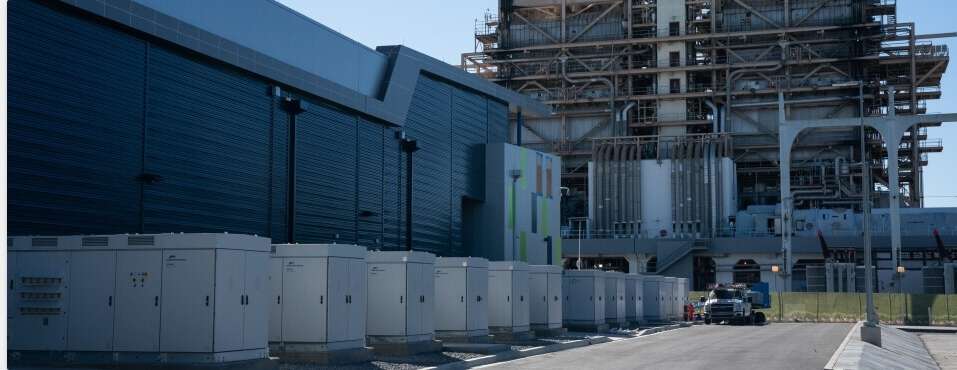Electric utilities and clean energy developers are increasingly considering a quicker way to lower carbon emissions: plugging in new power at closing or underutilized fossil fuel power plant sites.
Xcel Energy Inc. is planning to build the Upper Midwest’s biggest solar farm and will use existing grid interconnection points at a coal plant slated to close this decade. AES Corp. is replacing retiring coal plant units in Indiana with a mix of solar, batteries, and natural gas. The Tennessee Valley Authority is looking at the same mix of power and batteries to replace many of its former coal plant sites.
“It’s not a want—it’s a need,” said Eric Cherniss, founder of Elevate Renewables, a Boston-based company with a pipeline of 5,000 megawatts of energy storage systems at existing natural gas plants across the country.
“You have a power plant that provides a reliable service that can go offline for a variety of reasons, and you need to be able to replace them in an expedited fashion,” Cherniss said. “Otherwise, you run the risk of larger reliability issues. And it helps solve the problem that people are having, which is bringing the new generation online faster.”
A Massive Opportunity
The opportunity, sometimes called clean repowering, comes as energy companies shutter coal plants to meet grid decarbonization goals.
But new renewable energy sites can face many years of permitting and siting delays. Grid operators that must study proposed projects are overwhelmed with applications from renewable developers—in places like California, the mid-Atlantic, and the Midwest, operators have halted new requests or are working to overhaul the study process.
To contact the reporter on this story: Daniel Moore in Washington at dmoore1@bloombergindustry.com














